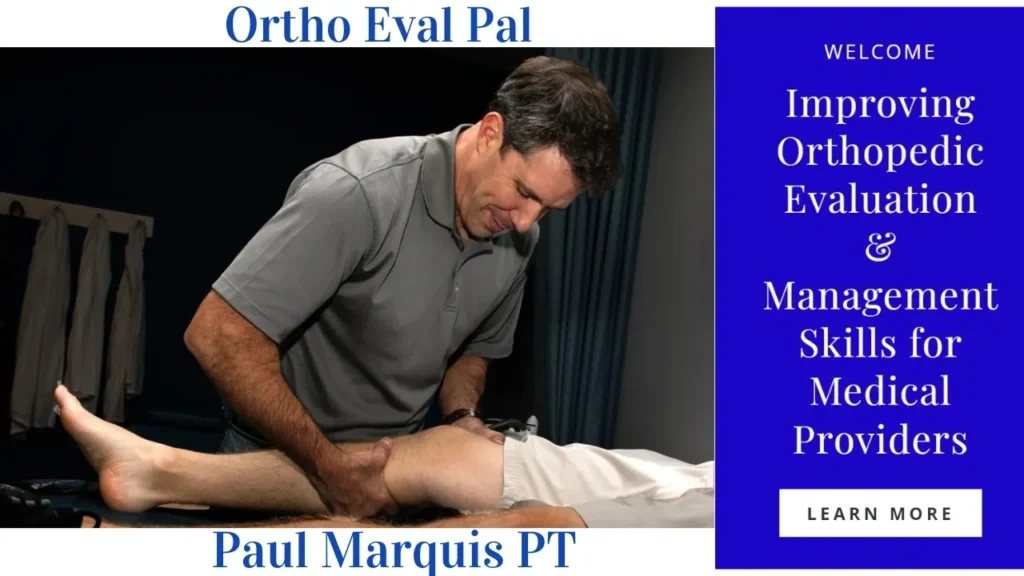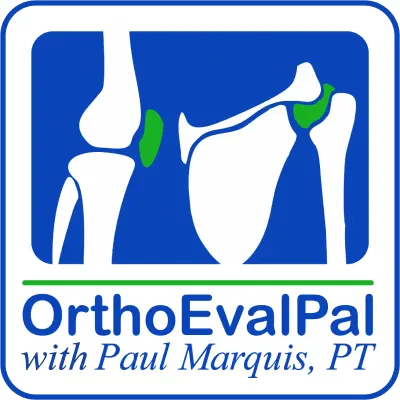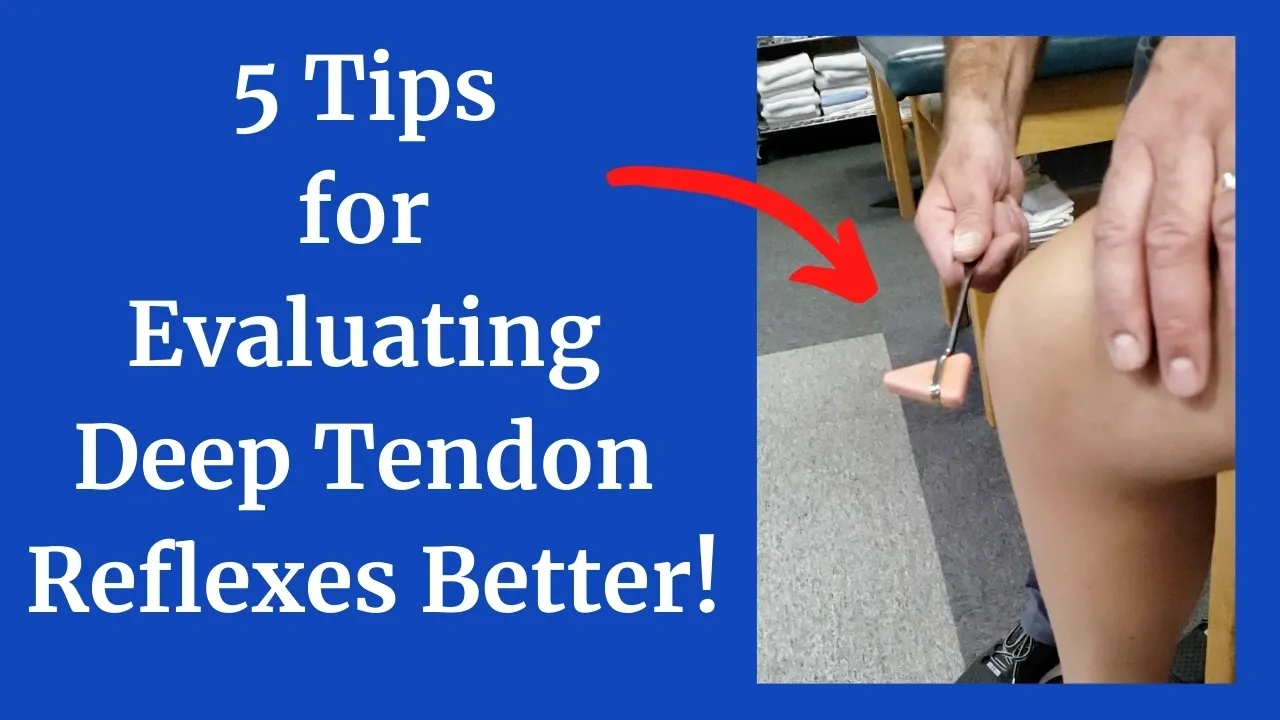
5 Tips for Evaluating Deep Tendon Reflexes Better!
We as medical providers are all taught about how to perform deep tendon reflex testing. From the Achilles tendon reflex to the biceps reflex.
Some of us test reflexes frequently and some not so often. First thing you need to know is that if you can’t find a reflex hammer in my clinic, you just have to look in my back pocket. Although 95% of my patients have orthopedic injuries, I check most all of their deep tendon reflexes during my evaluation.
Several years ago, I went to my yearly physical and a very pleasant medical student started her assessment and was checking my patellar tendon reflexes. After obtaining a nice response on my left knee, she proceeded to my right one. She struck my knee 8 times (I was counting) and could not elicit a response and looked at me and said “I think you have a nerve injury, possibly a herniated disc”. I then asked her to strike my patella tendon and low and behold, there was a response equal to the one on my left. Now, this is no means a demeaning critical comment. I see this happen a lot, and as a result, many people are sent down a very time consuming and expensive “rabbit hole” of seeing specialists, having diagnostic testing, and the worries that come along with all of it. So, here are a few things you should know about deep tendon reflex testing.
Tip #1: Patients need to be relaxed (or distracted) when you are testing their reflexes. Deep tendon reflex testing is a great place to start with your objective physical exam, after of course taking a thorough subjective history. Get to know your patient and ask them a few questions while you are assessing them. This should distract them somewhat to allow them to relax. If that doesn’t work, you can have them close their eyes and count out loud or even have them pull their hands apart while clenched.
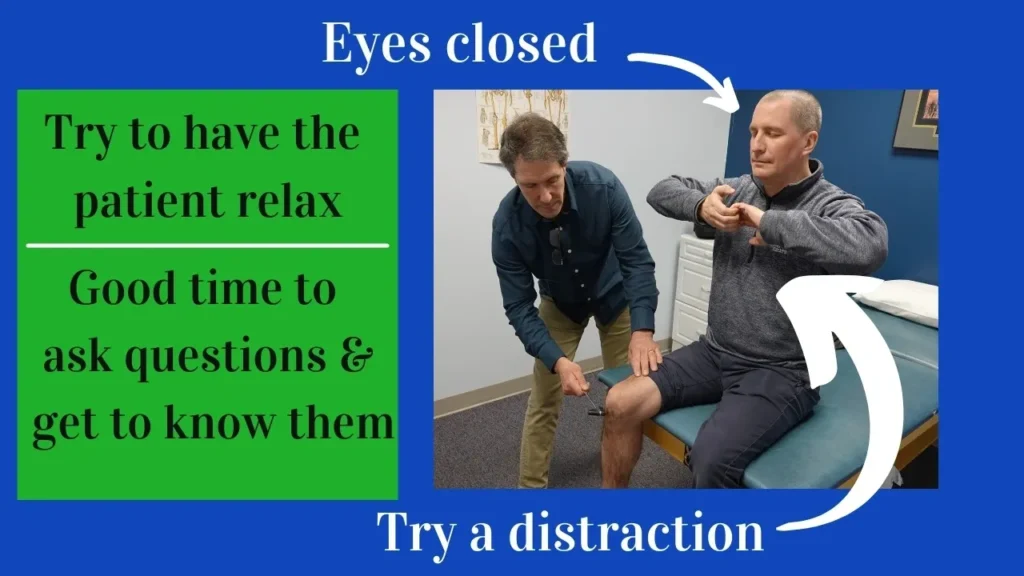
Tip #2: Use a reflex hammer with proper head weight. A heavier and denser hammer head will yield better results especially if you have to contend with more adipose tissue. Here is a picture of 2 reflex hammers that look alike but aren’t.
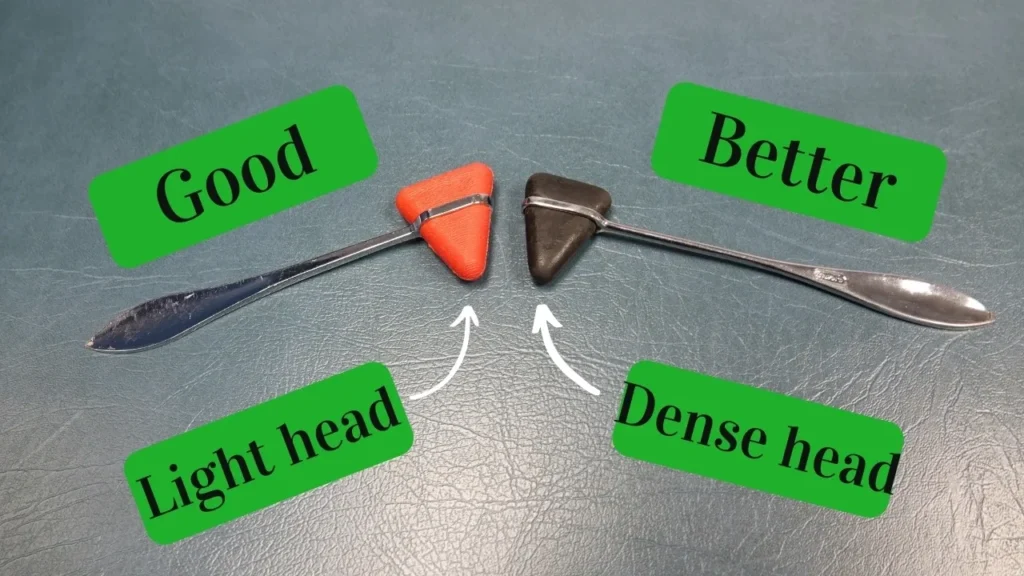
Tip #3: Your reflex hammer head swing speed needs to be fast enough to strike the tendon and bounce back. This will cause an adequate stretch reflex to obtain the proper reflex arc. Too slow, and you may see no response in an otherwise healthy person. Here are 2 videos to show you what proper swing speed is and one to show you how the swing is performed in “slow-motion”.
Tip #4: Strike the tendon in as perpendicular a manor as possible. The likelihood of getting full contact with the tendon improves significantly.
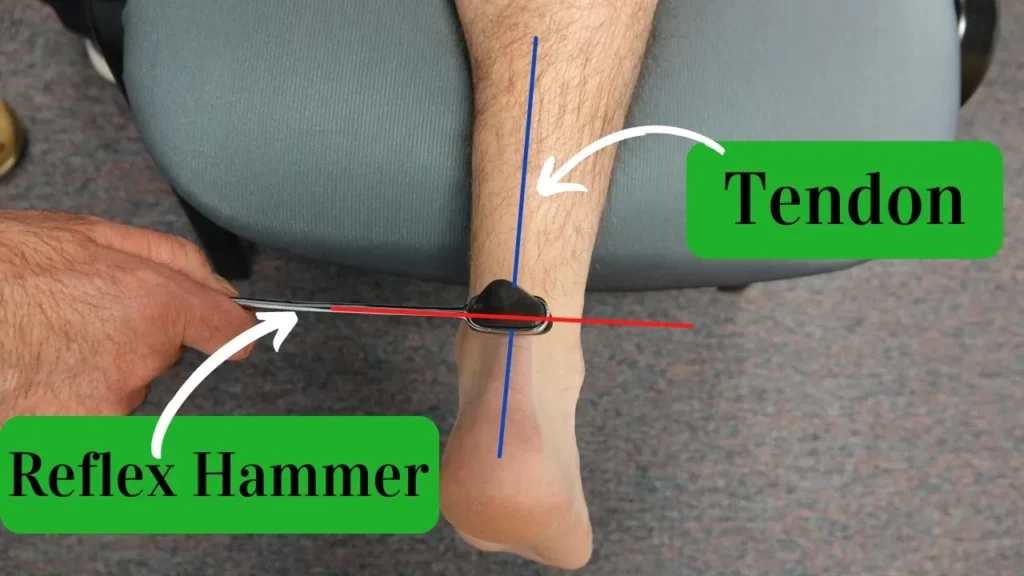
Tip #5: People get caught up too much in seeing “no” reflex response in patients. Here is what you need to know.
– There isn’t much to worry about if you do your reflex testing correctly, and you do “not” get a response, especially if it is bilateral.
– Be more concerned if there is a normal response on one side and none or a “lightened” response on the other. This could be a sign of nerve injury on the suppressed side.
-You should be a little more concerned if you find your patient is hyperreflexive or reflexes are abnormally “brisk”. Hyperreflexia related to myelopathy will be discussed in a future blog so stayed tuned… Here is a video of what hyperreflexia looks like.
I am sure that if you practice your Deep Tendon Testing techniques, your evaluation skills will improve significantly, you will cut down on your evaluation time and your patients will appreciate you for being a more proficient provider. For more information about becoming more confident with your orthopedic evaluation skills, be sure to check out our website: https://orthoevalpal.com/ and let us help you become more confident with your orthopedic evaluation and management skills!
